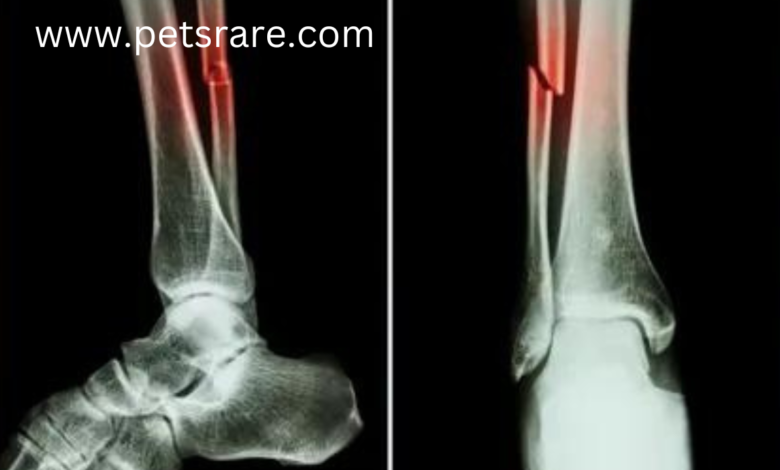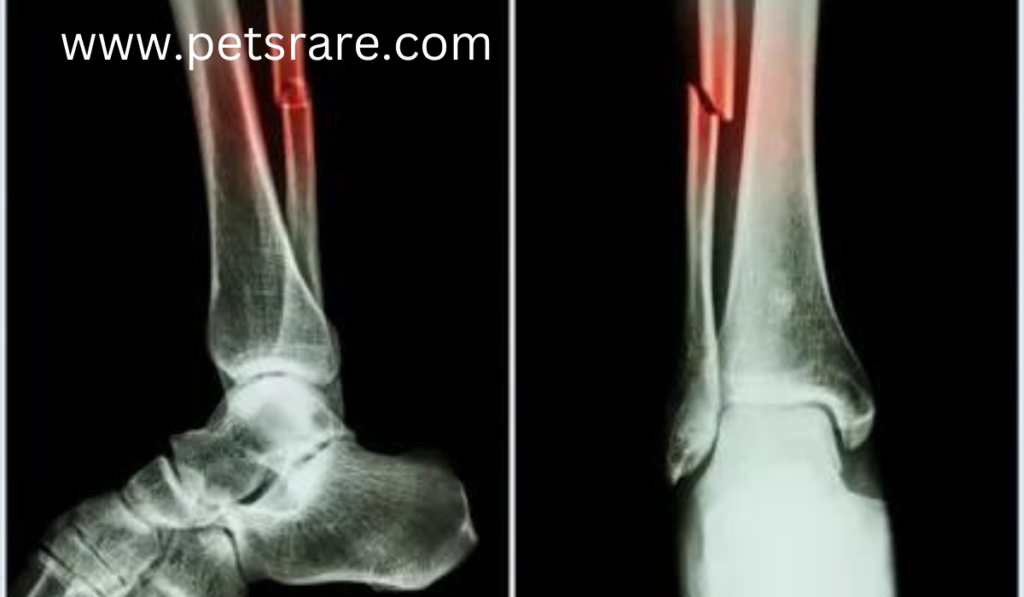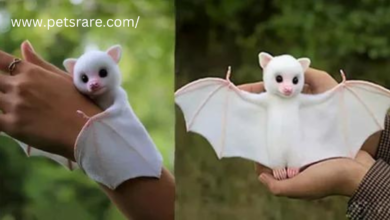Taminoid Fractures: Prevention and Treatment

Taminoid Fractures: Prevention and Treatment
Tamanduas, with their unique anatomy and behavior, are susceptible to bone fractures. Understanding the causes, symptoms and treatment options is vital to their well-being.
Understanding Tamandava Bone Fractures

Bone fractures in tamanos can be caused by falls, accidents, or underlying bone diseases. These injuries can be painful and affect Tamandwa’s quality of life.
Symptoms of Bone Fracture in Tamandavas
Recognizing the symptoms of a bone fracture in tamandwa is important for prompt treatment. Common symptoms include:
- Lamping or reluctance to move: Difficulty bearing weight on the affected limb.
- Swelling or deformity: Visible swelling or abnormality around the fracture site.
- Pain: Signs of discomfort, such as crying or aggression when the area is touched.
- Loss of appetite: Loss of interest in eating due to pain or discomfort.
- Lethargy: Decreased activity level and overall weakness.
Diagnosis of Bone Fractures in Tamandos

A thorough veterinary examination is required for accurate diagnosis of bone fractures in tamandua. Tests may include:
- Physical Examination: Check for swelling, pain, and deformity.
- Radiographs (X-rays): To look at the bone and confirm a fracture.
- Blood Tests: To assess overall health and rule out underlying conditions.
Treatment of fractured bones in tamandwas
Treatment for bone fractures depends on the severity of the fracture and the overall health of the limb. Options may include:
- Mobilization: Using a splint or cast to stabilize a broken bone.
- Surgery: In severe cases, surgical repair may be necessary.
- Pain Management: Administering pain medication to relieve pain.
- Supportive Care: Providing a calm, comfortable environment and ensuring adequate nutrition.
Prevention of Bone Fractures in Tamandos
Preventing fractures in Tamandos involves creating a safe environment and providing proper care. Consider the following:

- Safe enclosure: Ensure the wall is free of hazards and provides a safe climbing area.
- Regular Exercise: Encourage regular physical activity to maintain strong bones.
- Adequate Nutrition: Provide a balanced diet to support bone health.
- Regular Veterinary Checkups: Early detection of bone diseases can help prevent fractures.
Frequently Asked Questions About Tamandua Bone Fractures
Q: How long does it take for a tamponade bone to heal?
A: Healing time varies depending on the severity of the fracture and the overall health of the tendon.
Q: Can I treat a broken bone at home?
A: No, broken bones require professional veterinary care. Trying to treat it at home can make the injury worse.
Q: Will my pelvis heal completely from a bone fracture?
A: With proper care and treatment, many tamanduas make a full recovery. However, some may have limited mobility or joint stiffness.
Result

Bone fractures in tamandos can be serious but treatable conditions. Early diagnosis, proper diagnosis and appropriate treatment are essential for successful recovery. Providing a safe environment, a balanced diet, and regular veterinary care can help prevent and maintain your tamandwa’s overall health.
[Image of Tamandwa]
Disclaimer: This article is for informational purposes only and does not replace professional veterinary advice. Always consult a qualified exotic veterinarian with any health concerns regarding your tamandwa.




